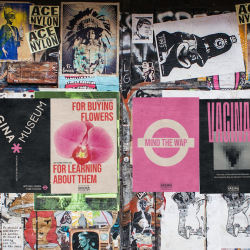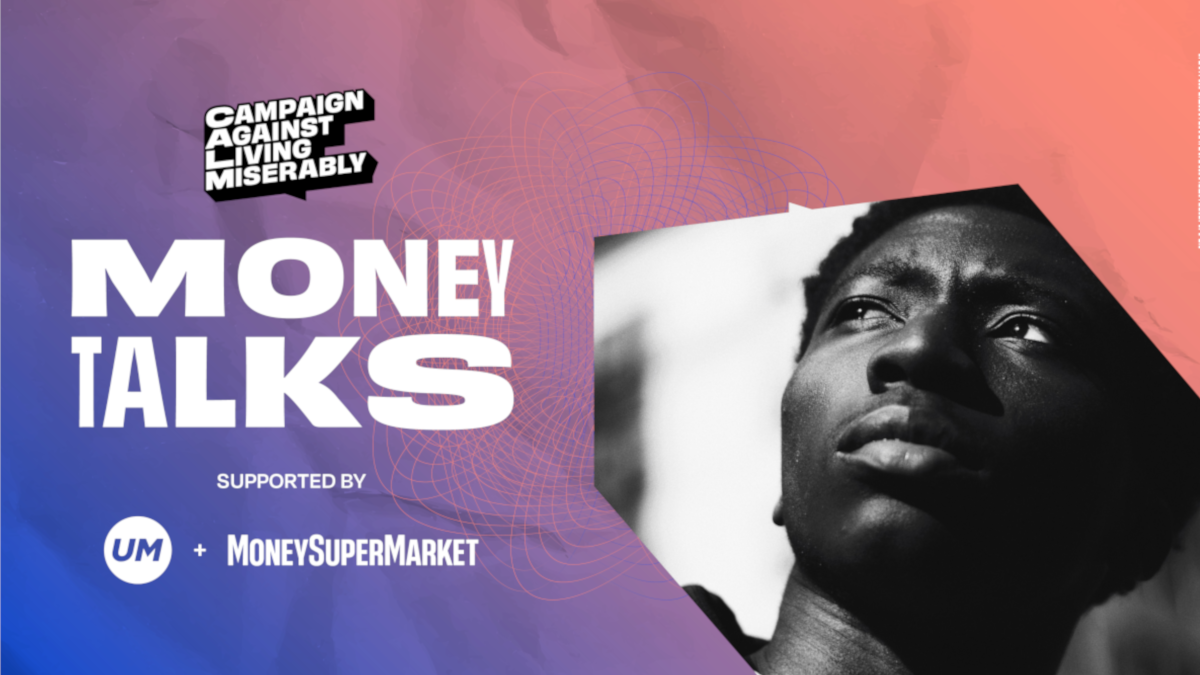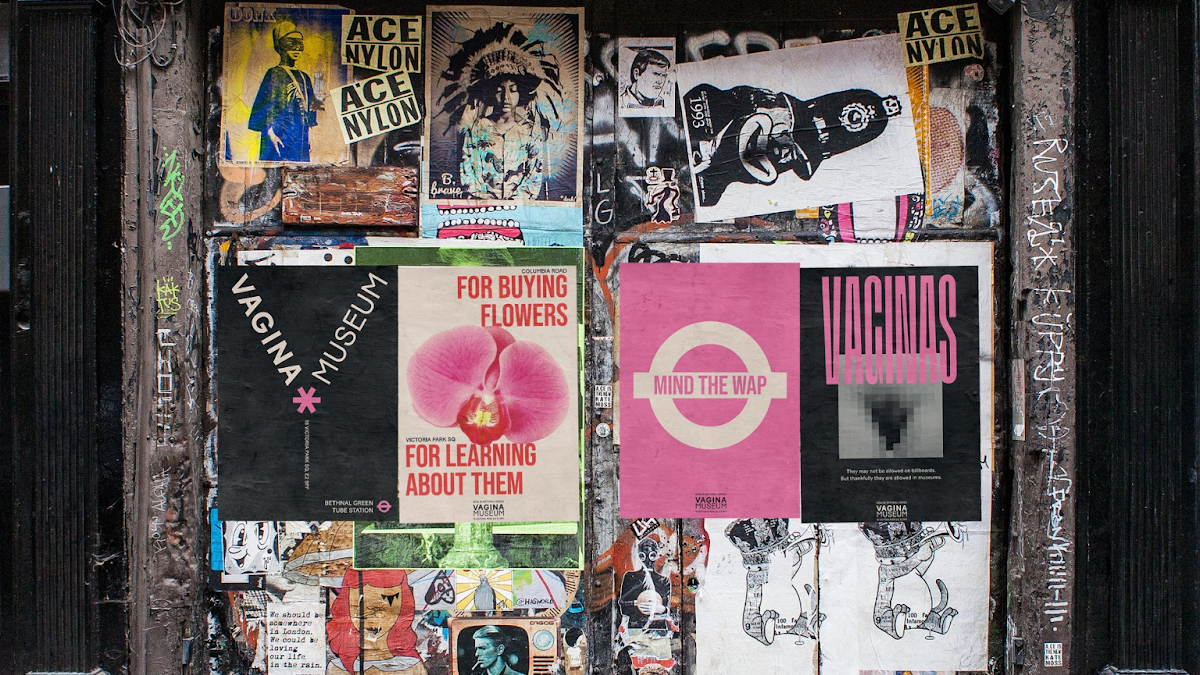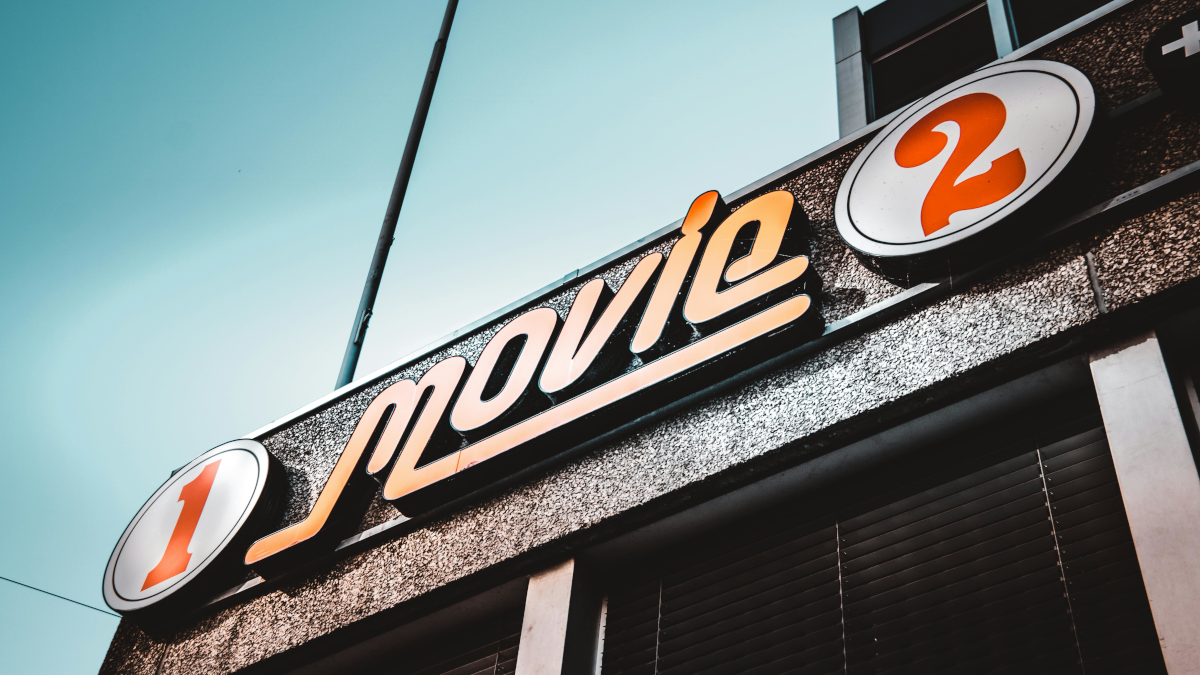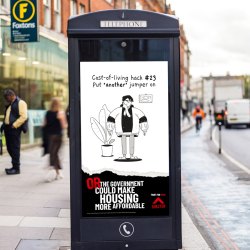In this interview MediaCat’s Editor Mike Piggott chats to Helen Needham, Senior Communications & Corporate Affairs Manager at MoneySuperMarket Group, and Kim Lambert, Group Insights Director at UM, about ‘Money Talks‘, a project between MoneySuperMarket, media agency UM and suicide prevent charity Campaign Against Living Miserably (CALM), which looks at how the cost of living crisis is impacting mental health in the UK.
It addresses the taboo around talking about money worries, and gives consumers and brands the support and resources they need to start difficult conversations.
Kim and Helen, welcome. Thanks for speaking. I thought we could dive in. What’s the main thing you’re looking to achieve from this campaign?
Helen: To put it simply, we want to help remove the taboo that stops people talking about money worries; so people can get support earlier. The ‘Money Talks’ research revealed that nearly eight in 10 people worry about money (86%), and one in four worry about money at least once a day. But only a quarter of people have spoken to anyone about their concerns. People would rather talk about infidelity or politics. Money is one of the last taboos, and keeping worries bottled up is having a huge impact on mental and physical health, as well as on relationships. Even more starkly, CALM has seen a 43% increase to its crisis helpline about money worries since the start of the cost of living crisis. We want to help people open up about money worries so they can get support earlier.
Is there anything that surprised you about the findings of the Money Talks research?
Helen: The one I found most striking was that one fifth of people said information on how to approach conversations around money and mental health would make it easier to open up.
That’s where Money Talks can help, it offers guides on how to help start those conversations and shares people’s first-hand experiences of opening up about money worries. But also, crucially, people who have spoken about their money worries told us they felt supported, relieved and hopeful afterwards. We hope Money Talks will support people to talk about their financial concerns and get the help they need.
The survey said a third of people have cut down on socialising because they can’t afford it. Are brands talking to people in the right way? What common mistakes are they making, are you finding? Are they getting better at talking to people about this stuff, or not really?
Kim: Prevalent attitudes like ‘stiff upper lip’ or ‘first-world problems’ are not helpful when people have genuine financial concerns. Brands, particularly in categories like personal finance and utilities, have a unique platform to change the dialogue. The language used in campaigns can underline that it’s okay to feel anxious or vulnerable, to acknowledge that a great many of us are struggling financially and to open up conversations about money in a non-judgmental way.
They don’t have to have all the answers, though. Initiating a dialogue is what’s important — and knowing where to point people for specialist resources and support networks. Those in minority and lower socio-economic groups are the most likely to be impacted and the least likely to know where to seek help, and this is something brands serving those communities should consider. The lack of socialising, in particular, means greater isolation and loneliness than ever, especially among younger consumers. This is another area where many brands can play a role, by building communities and fostering a sense of membership. The good news here is that a lot of brands got better at understanding how to bring people together during the lockdowns.
In this era of cancel culture, how do brands ensure they’re being culturally appropriate when starting these conversations?
Helen: We have a three-year charity partnership with CALM, and their expertise in mental health and our expertise in helping people save money are clearly aligned. This is one of the reasons we wanted to partner with them and why our partnership is working so well. Partnering with charities, community groups and specialist organisations who already have the credibility to engage with a particular audience is crucial. Be humble and a true partner. Listen and take onboard their expertise and experience, and you’re more likely to get the message (and how you deliver it) right.
One bit of insight said that people from ethnic minority backgrounds and also the queer community particularly struggle with talking about these issues. How should brands go about approaching these audiences?
Kim: The reasons why particular groups are hesitant about talking about money issues differ slightly depending on factors such as age, gender and socio-economic status, but at base it comes back to shame. While younger people worry they’ll be seen as irresponsible, an attitude that’s particularly prevalent amongst ethnic minority communities and LGBTQ+ audiences is not wanting to be seen as a burden. Having specific insights on those audiences — understanding their areas of concern and what they need from brands — gives you a better platform to initiate conversations.
From the point of view of business leaders, worrying about money affects how people perform at work. What ways could businesses approach supporting their staff in this regard?
Helen: In the Money Talks research 20% of people said money worries make it hard to focus on work, but only one in 10 feel comfortable talking to a manager about it. This creates a Catch 22 situation in which any dips in performance will only lead to further anxiety.
If a colleague seems distracted or is underperforming it could be down to any number of things. What’s key is to create safe spaces where you can have open conversations and know what support is available. If you’re worried about money, you don’t have to share financial details. Opening up about the effect your worries are having on your mental and physical health will help you get support earlier.
Here’s a tricky one. How does the ad industry balance responsible messaging around finances with encouraging people to spend?
Kim: Ultimately the ad sector’s responsibility to its clients, is to encourage people to spend, and that won’t change — but perhaps what does need to happen is we advocate that people do so within their means. This might run contrary to what we’ve seen from some social media trends in recent years, and it’s certainly going to take a big societal leap, given we’re so conditioned to judge our success on our personal wealth. However, I do think attitudes are changing, particularly as sustainability (in all its forms) rises up the agenda. As advertisers it’s our duty to reflect our audience needs, but occasionally to nudge them in the right direction if what they think they need isn’t in their best interests.
Currently, it wouldn’t feel appropriate to fixate on aspirational lifestyles if they aren’t attainable for the vast majority of consumers. Over Christmas we certainly saw a trend back to using ‘real’ relatable people and locations in ads, rather than the usual luxury and Hollywood production values, and actually I think that’s a responsible approach.
Again, we need to pay attention to the insight so we understand what support and guidance customers need, and as the study found they want brands to focus on providing value (e.g. through special offers) and nearly half want practical advice; such as tips on how to save. Finally, the tonal execution of campaigns also needs careful consideration: as 60% say they want increased sensitivity to the struggles so many people are facing. But at the same time, a small measure of joy is not a bad thing to bring to stressed and anxious audiences. It’s a balance, and it’s not easy. But it can be done.
What role does the media play in all this? I assume they’re adding to the problem, rather than helping
Kim: Frankly, we’re in a ‘perfect storm’ of money-related anxiety and the media has to take some responsibility for getting us to where we are. However, we need to show that the media can be a force for good. That will mean re-establishing trust in a year that already looks set to be defined by division, disinformation and deep fakes. Politicians around the world might focus on what separates us, countering this will mean bringing people together and welcoming them into brand communities. The media can help people see that there are thousands just like them, facing the same financial struggles. From this perspective, it’s never been more important for brands to remember the person behind the prospect.
Are there any simple ways brands can get immediately involved in supporting this campaign?
Helen: we want brands to spread the word about Money Talks with their own customers and employees. You can link to the Money Talks resources from your own website and intranets — there are two hubs with resources and support to help start conversations about money worries.
We also share first-hand experiences from people who broke the taboo and got support, and guides and tips for managing mental health and finances, all of which are available on MoneySuperMarket’s Money Talks hub and CALM’s Money Talks hub.
Finally, what’s next for the campaign? What would you like to see happen?
Helen: thanks to CALM and UM we now have the insight and resources to help people open up about money worries and get support sooner, but we need to get people talking and normalise chats about money. We hope that the campaign will open up more conversations and to make that happen. We need everyone to play their part — brands, publishers, social media networks, employers, colleagues, families, friends. So, please spread the word, and together we can make a difference.
Featured image: MoneySuperMarket, UM and CALM’s Money Talks campaign
















